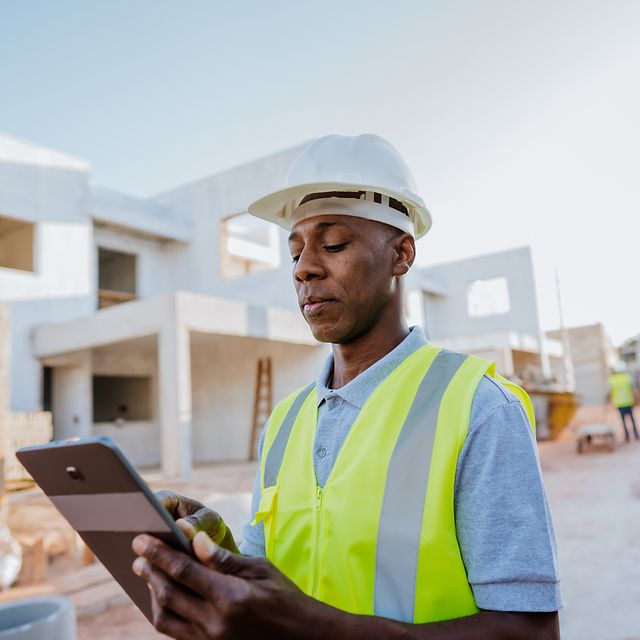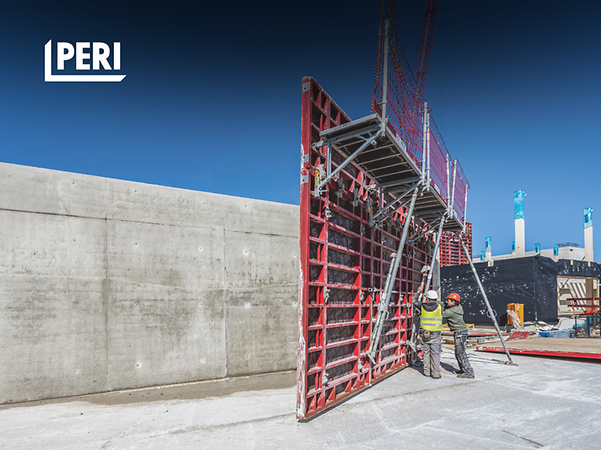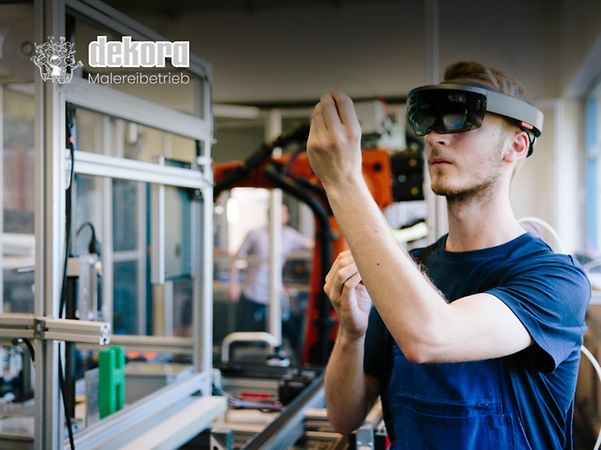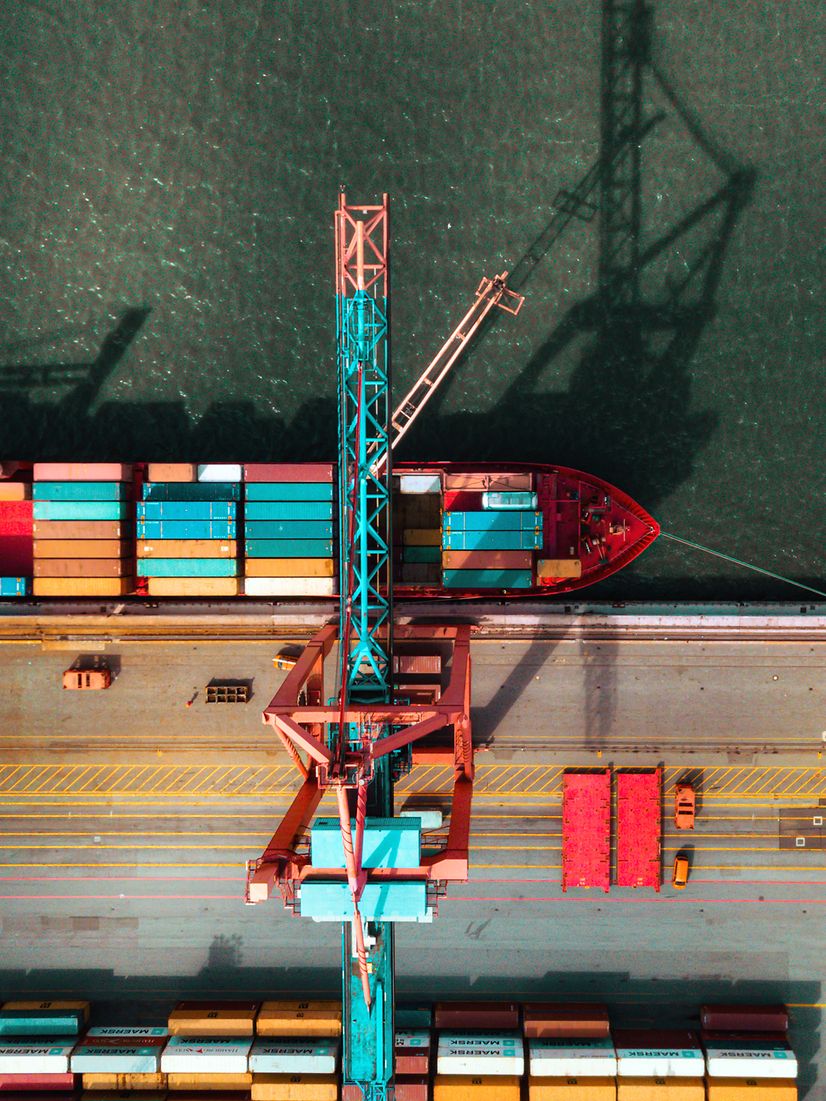Every beginning is difficult, and there is still a long way to go before construction sites are fully digitised or comprehensive BIM applications are in place. For small and medium-sized businesses in particular, it therefore makes sense to proceed in stages. This includes, for example, the use of networked devices on the construction site or an IoT platform that enables monitoring and planning from the office.
Companies should therefore have the courage to invest in digitalisation and set the course for the future. After all, those who take the first steps today will be able to reap the benefits of a fully digital construction site tomorrow.
The digitalisation of the construction industry is not a short-term trend, but a necessity in order to remain competitive in the long term. IoT and BIM are the key technologies that enable this change. This will ensure that the construction industry remains successful even in times of skilled labour shortages, rising material costs and high energy prices.




